Basic facts
- OFFICIAL NAME: Republic of the Philippines
- ANTHEM: Lupang Hinirang (also known as Bayang Magiliw [Nation Beloved] ).
- FORM OF GOVERNMENT: Republic
- CAPITAL CITY: Manila-located on the island of Luzon
- POPULATION: approximately 107,668,231 people
- OFFICIAL LANGUAGE: Filipino (based on Tagalog), English
- MONEY: Philippine peso
- AREA: About 115,831 square miles (300,000 square kilometres)
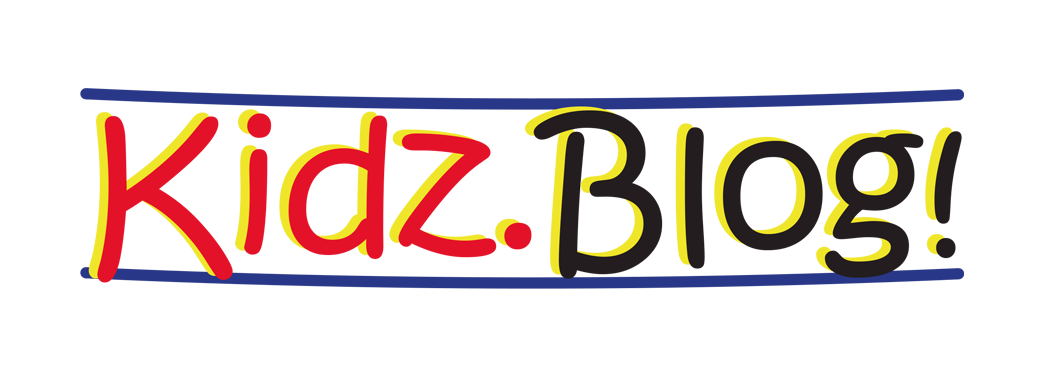
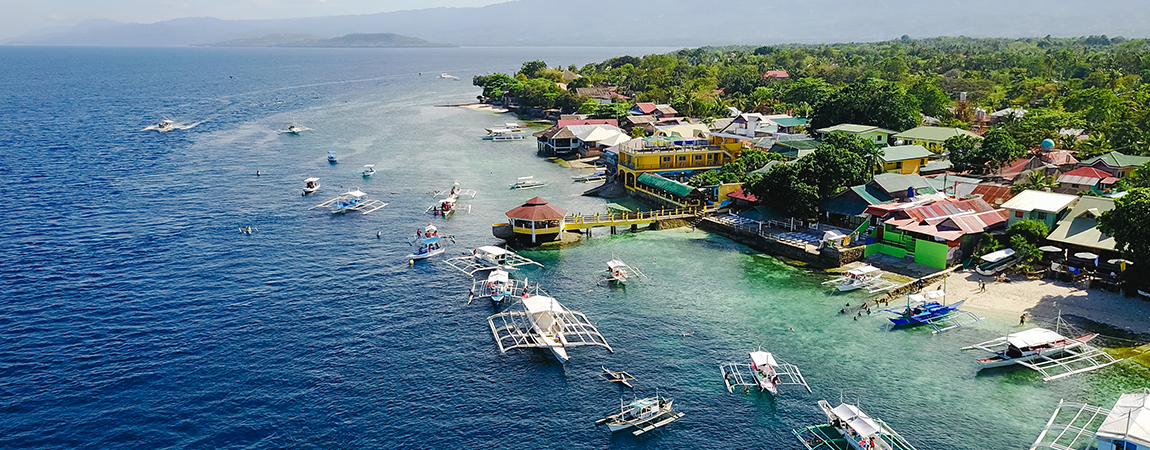
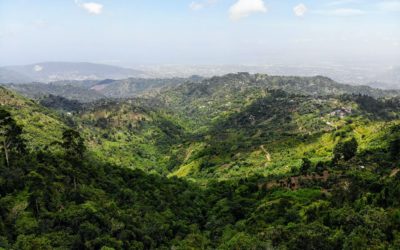
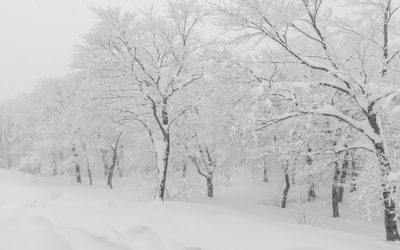
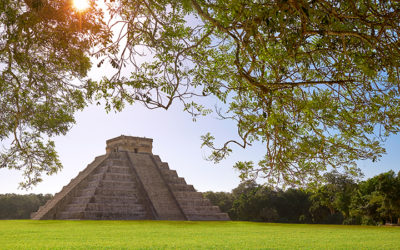

0 Comments